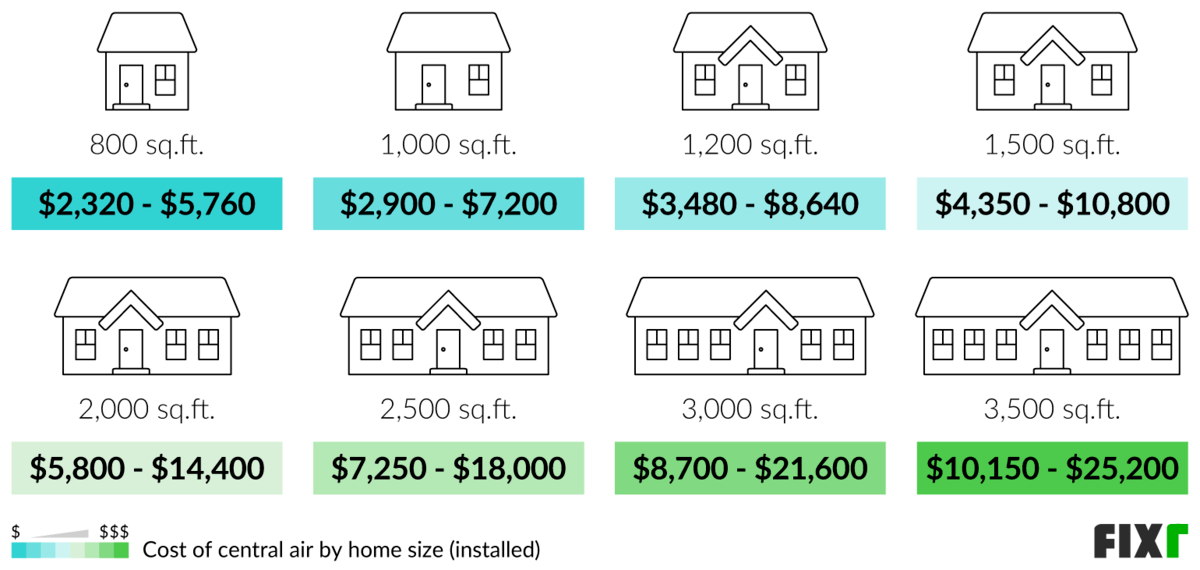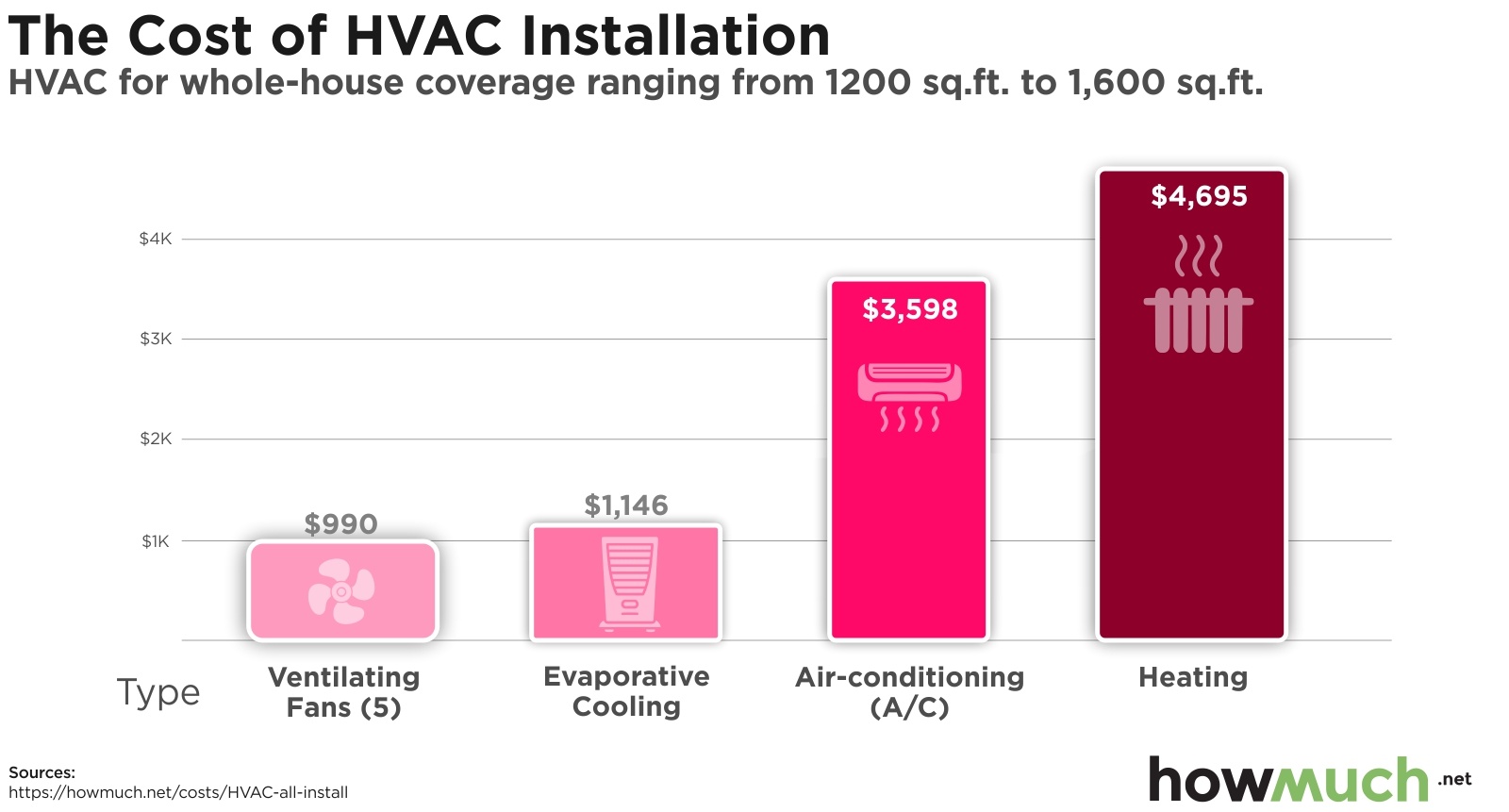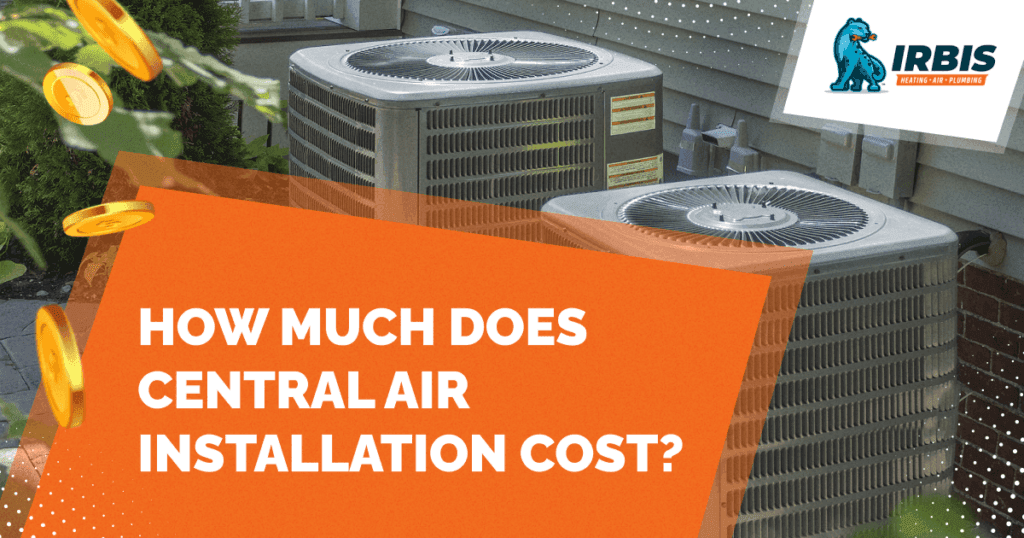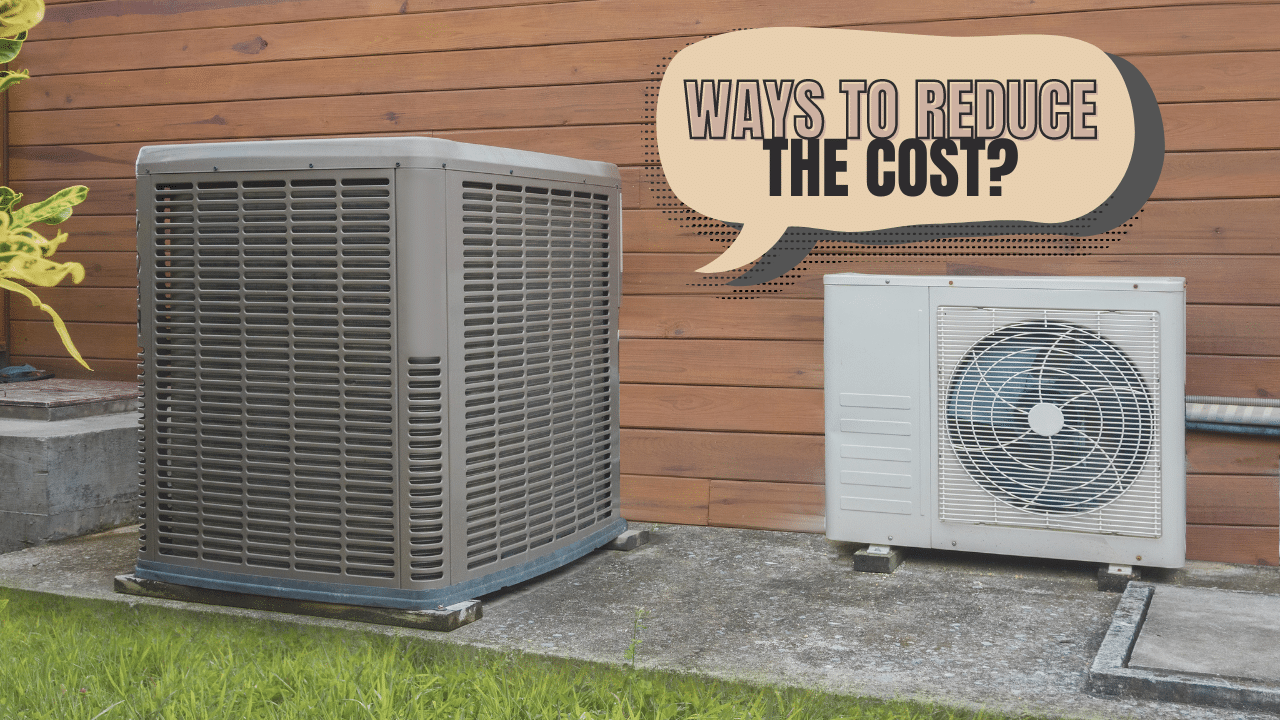Cost Of Central Air For 1000 Sq Ft House

Central air conditioning is essential for comfortable living in many climates. However, understanding the cost of central air for a 1000 sq ft house and troubleshooting common issues can save you money and prevent unnecessary discomfort. This article will guide you through some basic troubleshooting steps you can safely perform yourself.
Common Central AC Problems
One of the most frequent issues homeowners face is a central air conditioner that isn't cooling effectively. While many factors can contribute, starting with simple checks can often pinpoint the problem.
Scenario: The AC Unit is Running But Not Cooling Well
Let's imagine your AC unit is running, you hear the fan outside, and the blower is working inside, but the air coming from the vents isn't as cold as it should be. Here's a logical approach to troubleshooting:
Troubleshooting Guide: AC Not Cooling
Step 1: Safety First!
Before you begin, always prioritize safety:
- Turn off the power to the AC unit at the breaker box. This is crucial to avoid electrical shock. Locate the breaker labeled "AC," "Air Conditioner," or something similar. Flip it to the "off" position.
- Wait a few minutes before proceeding to allow any residual electricity to dissipate.
Step 2: Check the Thermostat
Believe it or not, thermostat issues are often the culprit:
- Setting: Ensure the thermostat is set to "Cool" and the temperature is lower than the current room temperature.
- Fan Setting: Make sure the fan is set to "Auto," not "On." "On" will run the fan constantly, even when the compressor isn't cooling, which can make it feel like the AC isn't working.
- Batteries: If your thermostat is battery-powered, replace the batteries. Low batteries can cause inaccurate readings or malfunctions.
- Program: Double-check the thermostat's program. An incorrect schedule might be preventing the AC from cooling properly at the desired time.
Step 3: Inspect the Air Filter
A dirty air filter is a very common cause of poor cooling. A clogged filter restricts airflow, making the AC unit work harder and less efficiently.
- Location: The air filter is typically located in the indoor unit, often behind a return air grille.
- Inspection: Remove the filter and hold it up to the light. If you can't see light clearly through it, it's dirty.
- Replacement: Replace the dirty filter with a new one of the correct size and type. Check your owner's manual for the recommended filter type.
- Frequency: Change your air filter every 1-3 months, or more often if you have pets or allergies.
Step 4: Examine the Outdoor Unit (Condenser)
The outdoor unit (condenser) is responsible for releasing heat. If it's blocked or dirty, it can't do its job effectively.
- Debris: Remove any leaves, branches, grass clippings, or other debris from around the unit. Make sure there is at least 2-3 feet of clearance around the entire unit.
- Coil Cleaning: The condenser coils (the fins around the outside of the unit) can become dirty and restrict airflow.
- Hose Method: Gently spray the coils with a garden hose. Do not use a high-pressure washer, as it can damage the delicate fins. Spray from the inside out to push dirt away.
- Coil Cleaner: For stubborn dirt, you can use a commercially available coil cleaner. Follow the instructions on the cleaner carefully. Always turn off the power to the unit before using any cleaning products.
Step 5: Check the Vents
Make sure that all vents are open and unobstructed.
- Open Vents: Ensure that all supply vents (where cool air comes out) are fully open.
- Blockages: Check for furniture or other obstructions blocking vents.
- Return Vents: Ensure return vents (which pull air back to the unit) are also clear and unobstructed.
Step 6: Inspect the Condensate Drain Line
The condensate drain line removes condensation produced by the AC unit. A clogged drain line can cause water to back up, potentially damaging the unit and reducing its cooling capacity.
- Location: The drain line is usually a PVC pipe extending from the indoor unit.
- Inspection: Look for any signs of blockage, such as water dripping from the unit or dampness around the base.
- Clearing:
- Wet/Dry Vacuum: Use a wet/dry vacuum to suck out any clogs from the end of the drain line.
- Vinegar Flush: Pour a cup of white vinegar down the drain line to help dissolve any algae or mold buildup. Let it sit for 30 minutes, then flush with water.
Step 7: Check the Circuit Breaker (Again)
Sometimes, a breaker can trip partially, providing some power but not enough for the compressor to run properly. After you've completed the other checks, try this:
- Full Reset: Turn the AC breaker completely off, wait a few seconds, and then turn it back on. This ensures a complete reset.
When to Call a Professional
While these steps address many common issues, some problems require a qualified HVAC technician. Do not attempt these repairs yourself, as they involve potential risks and specialized knowledge.
Refrigerant Issues
If you suspect a refrigerant leak or that the refrigerant level is low, do not attempt to handle refrigerant. Refrigerant is a controlled substance, and handling it improperly can be harmful to your health and the environment. Signs of a refrigerant leak include:
- Ice forming on the refrigerant lines.
- The AC unit is running constantly but not cooling well.
- Hissing or bubbling noises coming from the unit.
Electrical Problems
Any repairs involving electrical components within the AC unit (e.g., capacitors, contactors, wiring) should be left to a professional. Working with electricity can be dangerous, and improper repairs can lead to fires or electrical shock. Signs of electrical problems include:
- Burning smells coming from the unit.
- Sparking or arcing noises.
- The unit is not turning on at all.
Compressor Issues
The compressor is the heart of the AC unit. If the compressor is faulty, the unit will not cool. Diagnosing and repairing compressor problems requires specialized equipment and knowledge. Signs of a compressor problem include:
- Loud, unusual noises coming from the outdoor unit.
- The unit is running but not cooling, and you've ruled out other possible causes.
Complex Mechanical Failures
If you suspect a major mechanical failure, such as a broken fan motor, a faulty blower motor, or a damaged expansion valve, it's best to call a professional. These repairs often require specialized tools and expertise.
Cost Considerations for a 1000 Sq Ft House
While this article focuses on troubleshooting, let's briefly touch on the cost aspect. The cost of central air for a 1000 sq ft house can vary significantly based on several factors:
- Unit Size: A properly sized unit is crucial for efficiency and comfort. For 1000 sq ft, you'll likely need a unit between 1.5 and 2 tons. An HVAC professional can perform a load calculation to determine the precise size required for your home.
- Efficiency (SEER Rating): Higher SEER ratings (Seasonal Energy Efficiency Ratio) indicate greater energy efficiency, which can translate to lower operating costs. However, units with higher SEER ratings typically have a higher upfront cost.
- Installation Costs: Installation costs can vary depending on the complexity of the installation, the location of your home, and the installer's rates.
- Operating Costs: Operating costs depend on your electricity rates, how often you use the AC, and the efficiency of the unit.
- Maintenance Costs: Regular maintenance (e.g., filter changes, coil cleaning) can help extend the life of your AC unit and prevent costly repairs.
Get quotes from multiple HVAC contractors to compare pricing and services. Also, consider factors such as warranties and energy efficiency rebates when making your decision.
Preventative Maintenance Tips
The best way to avoid AC problems is to perform regular preventative maintenance:
- Change Air Filters Regularly: As mentioned earlier, this is crucial for maintaining good airflow and preventing strain on the unit.
- Clean Outdoor Unit: Keep the outdoor unit free of debris.
- Schedule Professional Tune-Ups: Have a qualified HVAC technician inspect and tune up your AC unit annually. This can help identify and address potential problems before they become major issues.
- Monitor Performance: Pay attention to how your AC unit is performing. If you notice any unusual noises, reduced cooling, or other issues, address them promptly.
By following these troubleshooting steps and preventative maintenance tips, you can keep your central air conditioning system running efficiently and effectively, saving you money and ensuring a comfortable home environment. Remember, when in doubt, consult a qualified HVAC professional.










